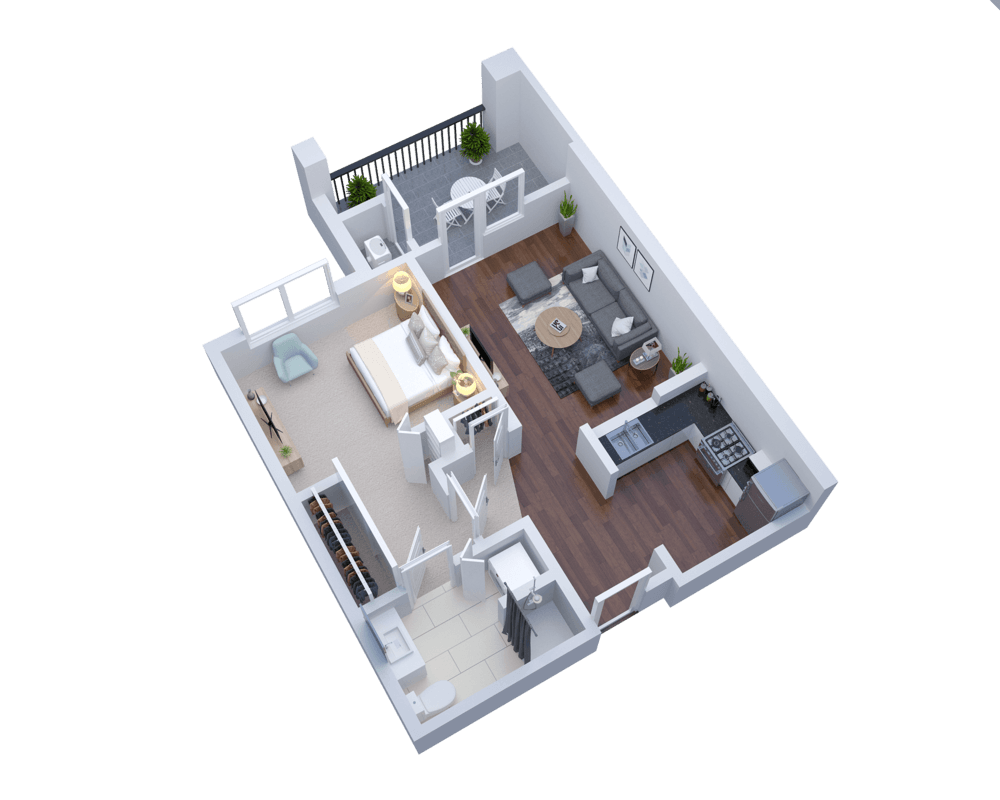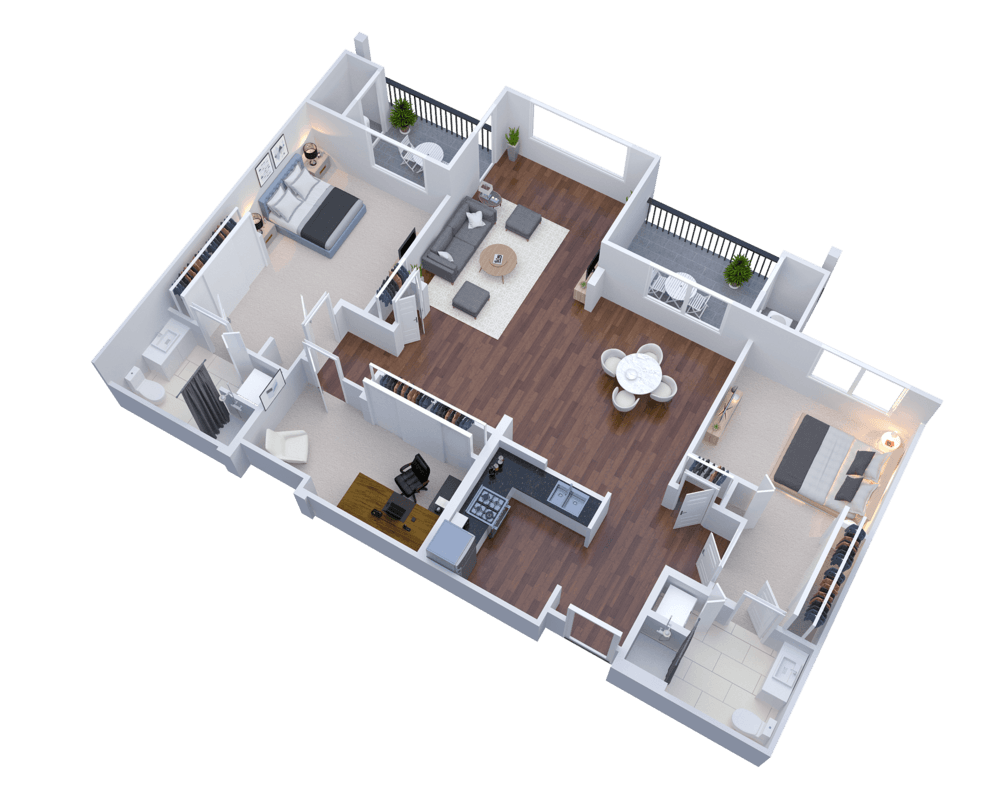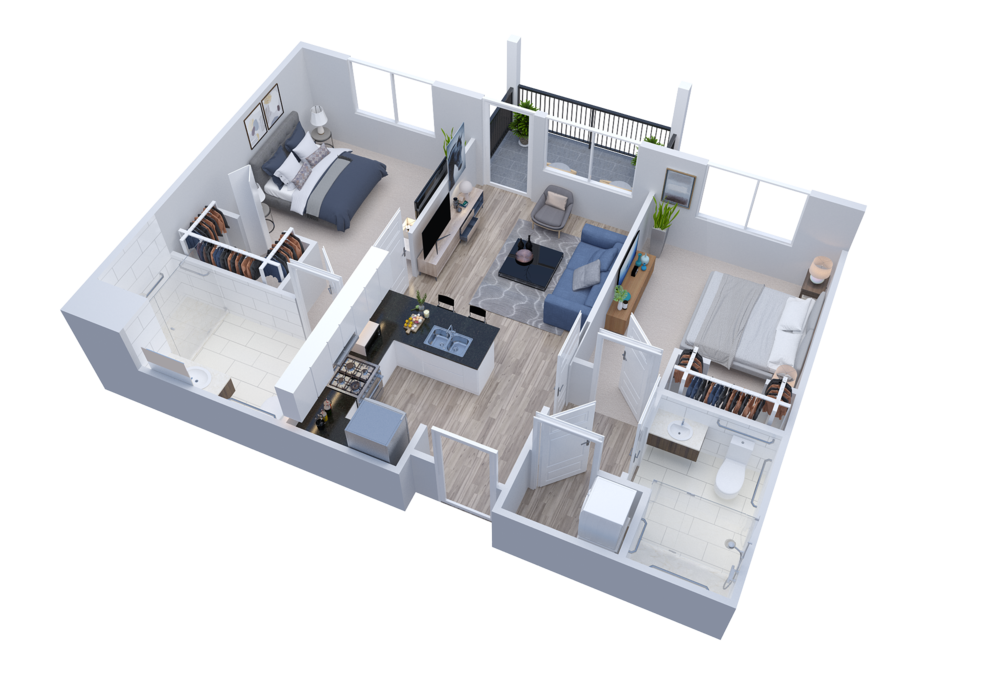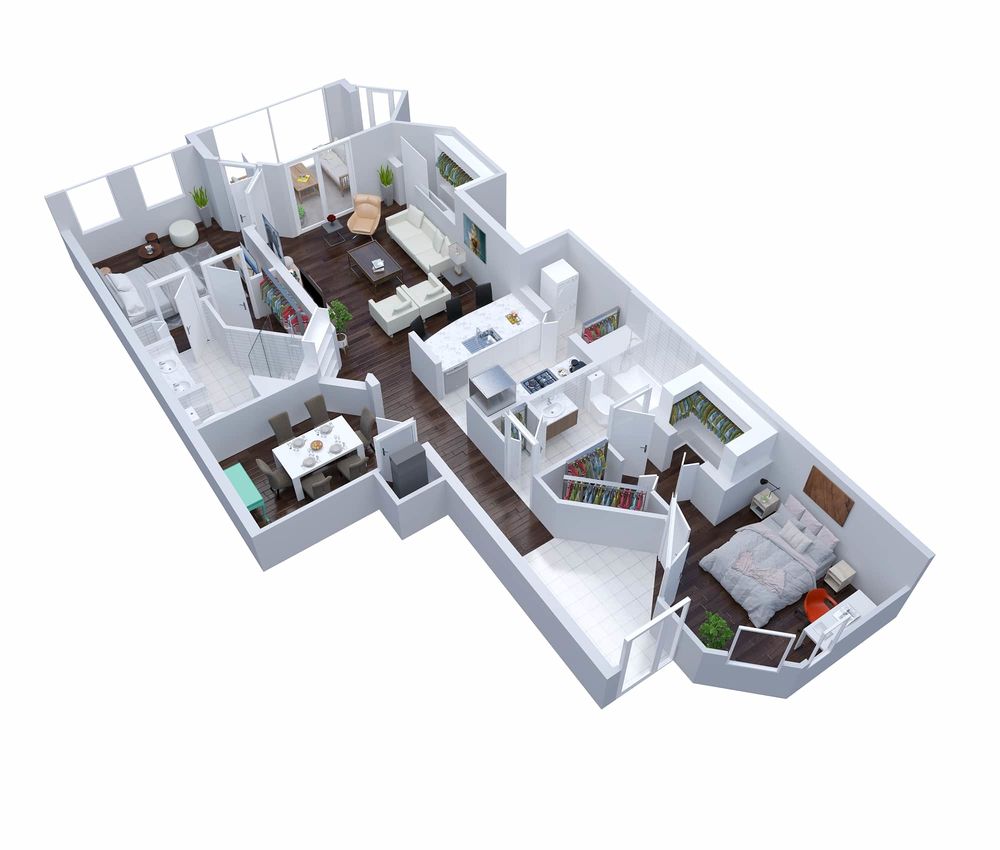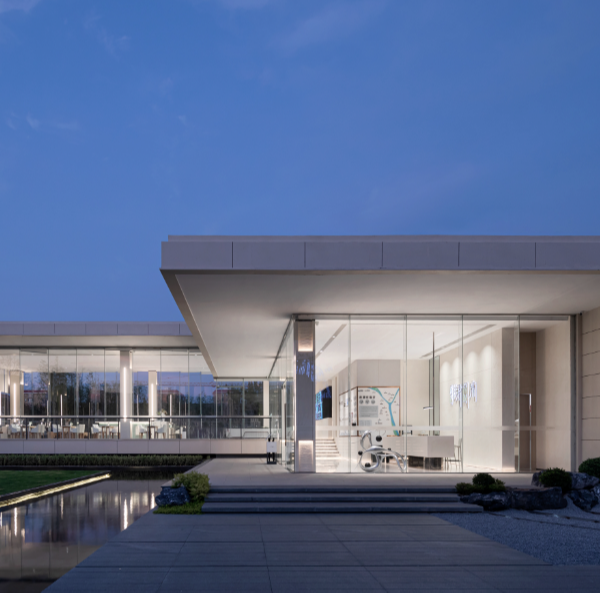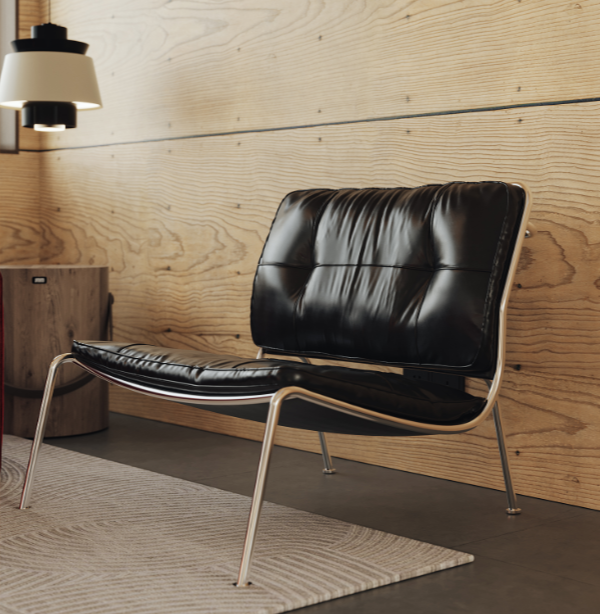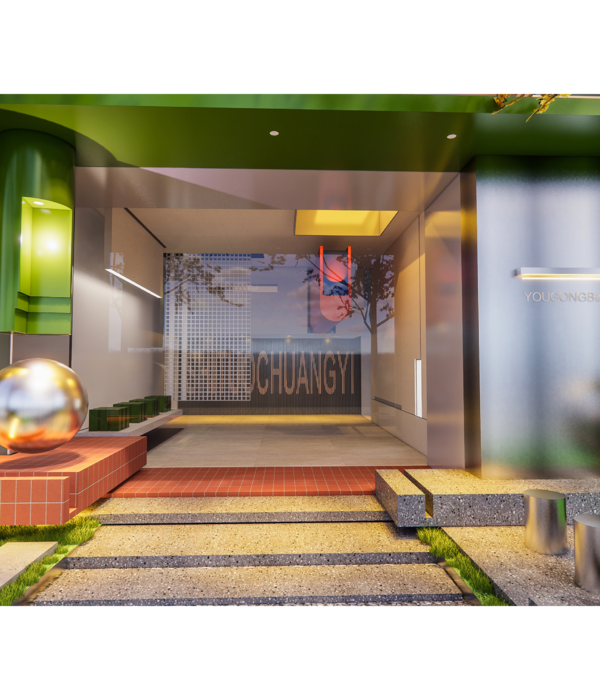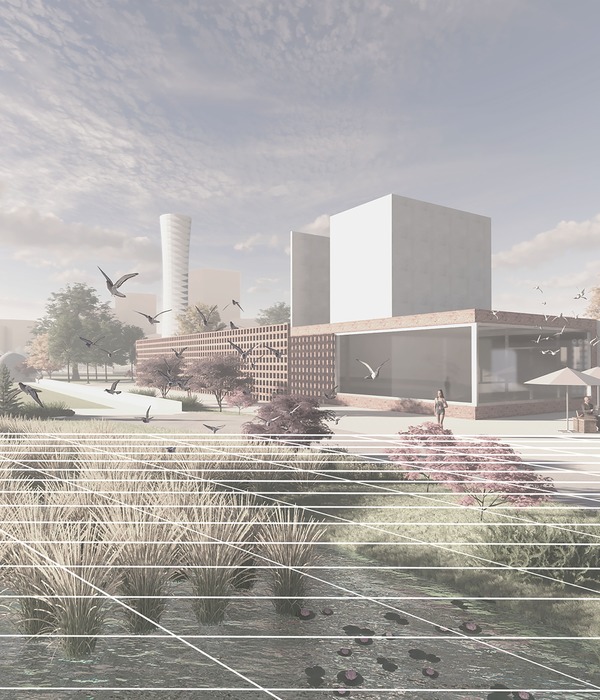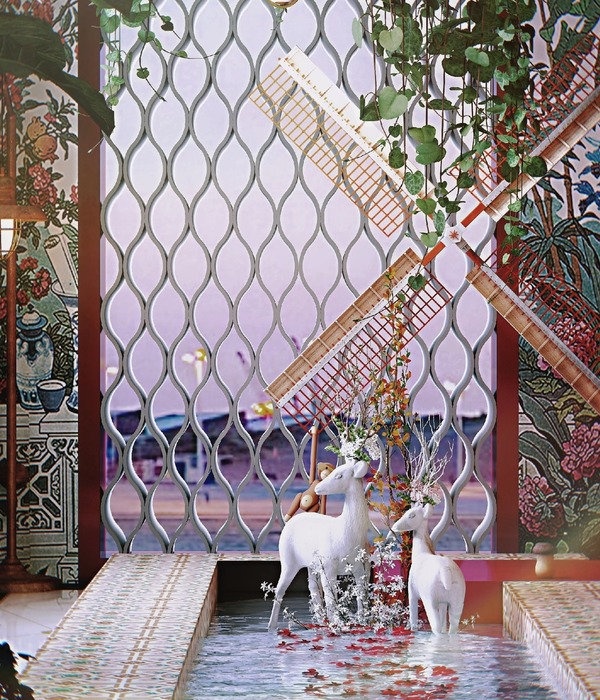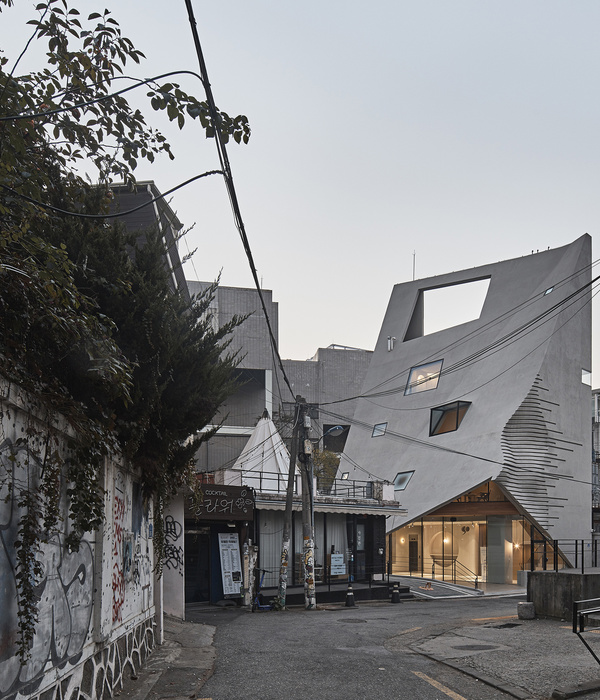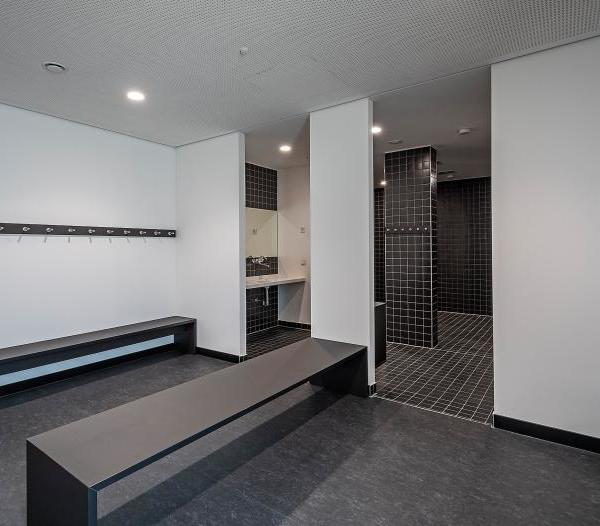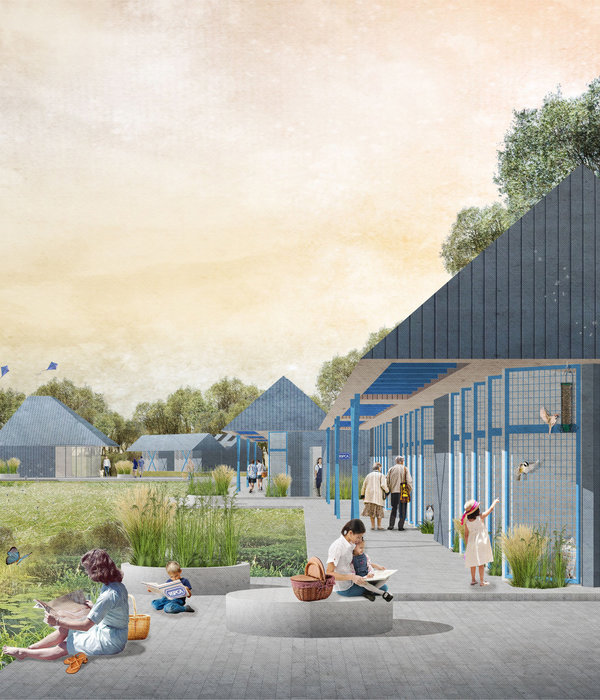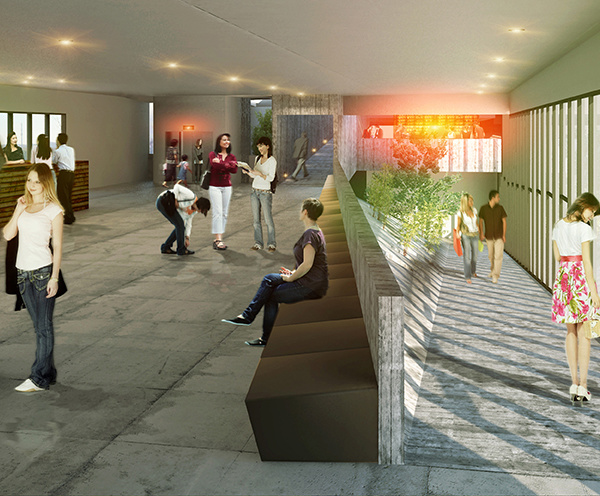3D Floor Plan Rendering Services | The 2D3D Floor Plan Company
Firm: The 2D3D Floor Plan Company
Type: Residential › Apartment Private House Multi Unit Housing Student Housing Commercial › Office Retail Bank Showroom Supermarket Exhibition Center Shopping Mall Hospitality + Sport › Hotel Restaurant Information Center Sports Center Cultural › Gallery Cultural Center Observation Tower Memorial Educational › Nursery Elementary School High School University Auditorium Library Government + Health › City Hall Community Center Court/Post Office Hospital Medical Facility Aging Facility Industrial › Factory Warehouse Laboratory Power Plant Research Facility Farm Landscape + Planning › Public Park Private Garden Playground Urban Green Space Masterplan Transport + Infrastructure › Airport Parking
STATUS: Concept
The main benefits of utilizing 3D floor plan rendering services include increased accuracy of design measurements and dimensions, enabling more detailed and realistic representations of floor plans, better visualization of different layout options, and the ability to quickly and easily make design changes.
Additionally, clients can view a high-resolution floor plan with an interactive 3D model, making it easier to understand the size and relative placement of various rooms, furniture, and other elements. 3D floor plan renderings also provide valuable insight into potential design solutions, helping to identify potential problems before they occur. Finally, 3D floor plan rendering services are often cost-effective and time-efficient when compared to other traditional methods of creating floor plans.
What kinds of 3D floor plan rendering services are available?
3D floor plan rendering services are available in a variety of forms, such as 3D floor plan images, 3D elevations, 3D walkthroughs, 3D video fly-throughs, and 3D room plans. Depending on the complexity of the project and the needs of the client, different services may be used in combination or separately. 3D floor plan images are used to visualize the space and provide a sense of scale, 3D elevations depict the height of walls and other elements, 3D walkthroughs provide an immersive virtual walk-through of the room, and 3D video fly-throughs allow the viewer to fly through the space as if they are walking through it.
How can 3D floor plan rendering services help improve the overall design of a space?
3D floor plan rendering services can help improve the overall design of a space by providing a more realistic and immersive representation of the space than traditional 2D floor plans. 3D floor plans can help designers visualize the layout of a space more accurately, allowing them to make better decisions about where furniture and fixtures should be placed and how much space should be allocated to various features. 3D floor plans can also provide a more detailed understanding of the physical space, making it easier to troubleshoot potential problems. Additionally, 3D floor plans can help create a better first impression for potential home buyers, investors, and renters, as they give a more attractive and informative representation of a space.
How much does utilizing 3D floor plan rendering services typically cost?
The cost of utilizing 3D floor plan rendering services varies and depends on a variety of factors, such as the size and complexity of the project, the volume of work involved, the quality of the renderings and the provider's experience. Generally, prices can range from as low as $100 to as high as $2,000 per render or more, depending on the project and the service provider.
What are the steps involved in creating a 3D floor plan rendering?
The steps involved in creating a 3D floor plan rendering include: Establishing the scope of the project – Before beginning the project, the scope of the project should be identified and clarified to ensure the desired output is achieved. This should include discussing the desired finish, materials, lighting, and any other elements that will be included in the rendering. Preparing the space – The space that will be rendered should be measured, photographed, and all pertinent details must be documented. This includes the position of cabinets, counters, walls, windows, and other elements within the room. Creating the model – A 3D model of the space should be created using a CAD program.

